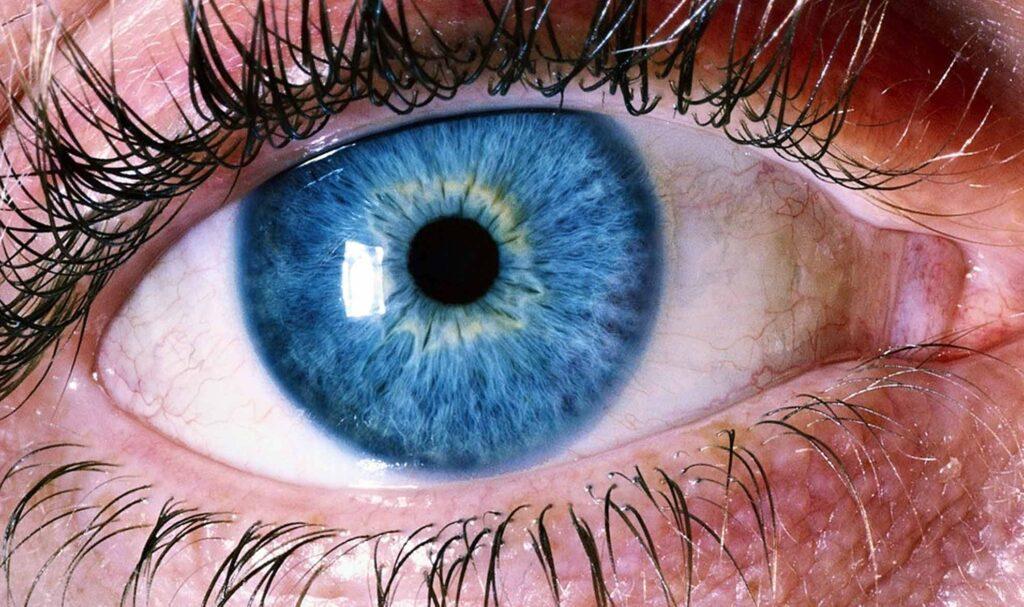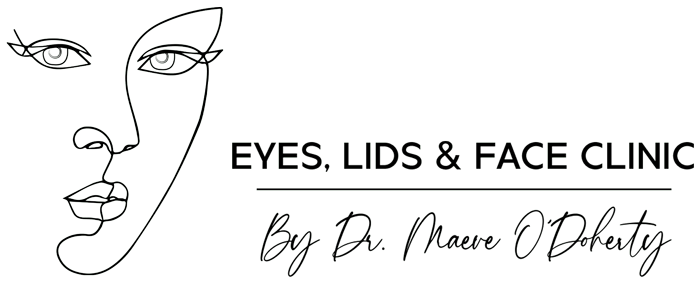Intravitreal Injections
What are Intravitreal Injections?
Intravitreal injections are a minimally invasive procedure where medication is delivered directly into the vitreous humor, the jelly-like substance in the eye’s center. This targeted approach allows for the treatment of various retinal diseases, including Age-related Macular Degeneration (AMD): and Diabetic Macular Edema (DME).

Macular Degeneration and Diabetes
Macular degeneration
Ranibizumab, also called Lucentis, Avastin, or Aflibercept (also called Eylea) are the three medications used for macular degeneration injections. Injections of these anti-VEGF medicines under the retina, performed regularly, can prevent abnormal vessels from developing, leaking, and bleeding under the retina.
Most people with wet AMD only need these injections several times a year, and they experience minimal discomfort, as drops are administered before treatment to numb the eye. In 9 out of 10 patients, these injections prevent vision from getting worse and 3 out of 10 people experience improvements.
Diabetes
In severe diabetic retinopathy, injections can be given to prevent the progression of disease.
Frequently Asked Questions
It is an injection of medicine into the eye.
Intravitreal injections are a minimally invasive treatment option for wet AMD. These injections deliver medications called anti-VEGF (Vascular Endothelial Growth Factor) drugs directly into the vitreous humor of the eye. VEGF plays a role in stimulating blood vessel growth. By inhibiting VEGF, these medications help prevent abnormal blood vessels from developing, leaking, and bleeding under the retina.
Studies show that these injections can be very effective. In most cases, patients with wet AMD only need injections a few times a year. These injections are performed with minimal discomfort and can help prevent vision loss in 9 out of 10 patients. Additionally, in some cases (around 3 out of 10) patients may experience improvements in their vision, regaining one or two lines on a standard eye chart.
There is a low risk of serious complications caused by the injections.
Typically you will feel pressure, with little to no pain during the injection.
